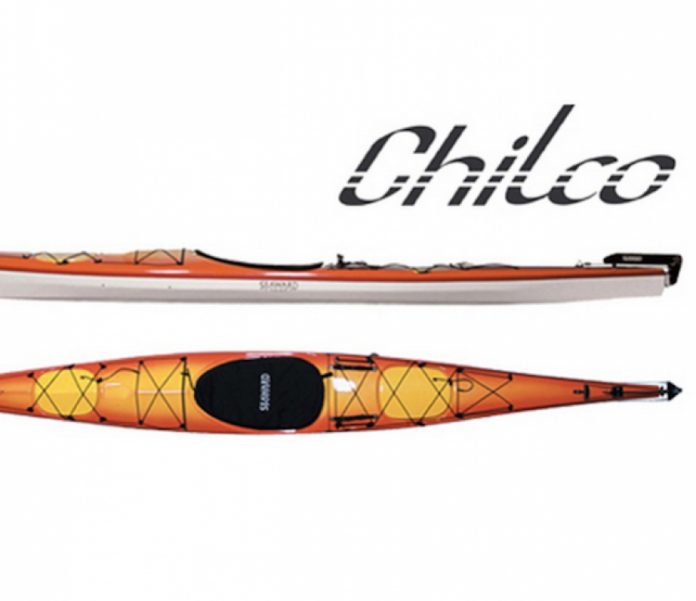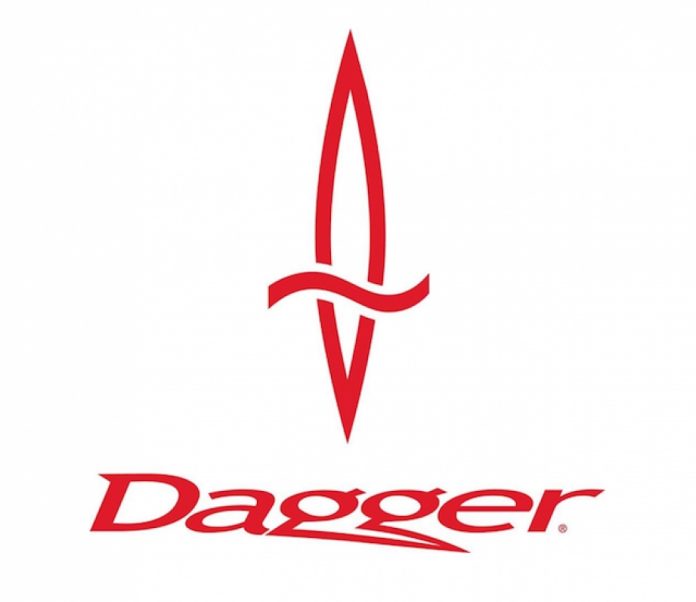The easiest way to plan a canoe trip is to not plan the trip at all. It’s much easier if you can get someone else to plan it for you. In other words, employ the services of an outfitter or guiding company. You can gain a little convenience by hiring someone to help with some trip-planning aspects; or, you can pay to have a company run the entire trip and gain a lot of convenience. Believe it or not, there are times when even the most die-hard independent canoeist with all the gear can use the services of a guide or outfitter. Most paddlers would probably agree a trip taken is better than one postponed until next year.
REASONS FOR USING A GUIDE
There are numerous factors that can hinder your efforts to run your own canoe trip—if you let them.
If you’re new to canoe tripping, an outfitter is always a great way to go. It’s like on-the-job learning; you experience the joys of a trip and avoid problems novice trippers often encounter. At the same time, you can pick your guides’ brains about gear, paddling tech- niques and canoe camping.
We’ve all experienced incredibly busy summers when you meant to sit down and plan a trip, but somehow the time just disappears.
Outfitters offer pre-scheduled trips that you can jump right into. The options are endless, as the packages range from interpretive afternoon excursions to thirty-day expeditions. Pick one that fits your schedule; or, if you have a group large enough, most outfitters will guide a trip specifically tailored for your group and date.
Maybe you just moved across the country and you’re new to the area. Complicating matters is the fact you can’t determine which boxes contain your equipment. However, you have to get in at least a five-day trip to feed your paddling fix or risk serious soul deprivation. Hiring an outfitter is a great way to learn about a new region and meet new people.
Perhaps your paddling or tripping skills are rusty. Maybe you want to go to a wild, remote place, but want the security of an expe- rienced and qualified guide. Perhaps your palate revolts at the prospect of eating more freeze-dried food. Or maybe you and your significant other recently split up, and he/she got canoe-custody.
The list is almost endless. Regardless of the reason, if you cannot plan a trip because of any of the above situations, or a myriad of others, but you need to get out and paddle, that’s the time to call an outfitter or guiding company.
TYPES OF PACKAGES
There are different levels of outfitting services, ranging from simply picking up a canoe for the weekend to all-inclusive adventure vacations. Most outfitters offer several options. It is up to you to select the most convenient arrangement based on your needs.
The simplest way outfitters can help is by offering equipment rentals. Perhaps you don’t own some of the necessary equipment; or perhaps you own it, but it’s too difficult to transport. Rent a canoe, paddles, a car topper, perhaps a tent and you’re ready for adventure.This still involves planning on your part, but the convenience of not having to purchase, store and maintain a boat keeps cash and storage-strapped canoeists active and happy.
It is common to use your own equipment, prepare and pack your own food and stop by the outfitter for last-minute weather details and a shuttle. Letting someone else worry about negotiating the shuttle roads of the Canadian wilderness can save more than your vehicle.The time it takes to run a shuttle to reach even some of our most accessible routes can whittle away at your precious trip time. Hiring a company to run shuttle for you also expands your options so you don’t have to restrict yourself to another looping trip. Of greater importance, you can still go on your desired trip without having to find another driver with a car.
The all-inclusive packages are by far the most hassle-free type of outfitted trips.You pick your trip, pay your money and let the guiding company handle all the logistics, route-planning, equipment and food concerns. Bring your personal effects, pack a few extra rolls of film, and maybe a harmonica, if you’re musically inclined. And whatever you do, don’t forget to fill in your meal preferences and whether you would like to sleep in a solo or dou- ble tent.
Once you’ve done all this, you’re ready to take a trip where all you have to do is paddle, leaving plenty of time to paint, write, explore or simply socialize with new and interesting people.
You may even become addicted to hiring an outfitter, and wonder why you ever spent the time and effort to plan your own trips in the first place.
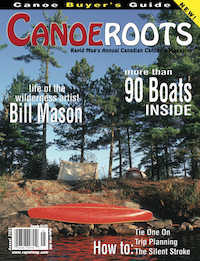 This article first appeared in the Summer 2002 issue of Canoeroots Magazine. For more great content, subscribe to Canoeroots’ print and digital editions here.
This article first appeared in the Summer 2002 issue of Canoeroots Magazine. For more great content, subscribe to Canoeroots’ print and digital editions here.



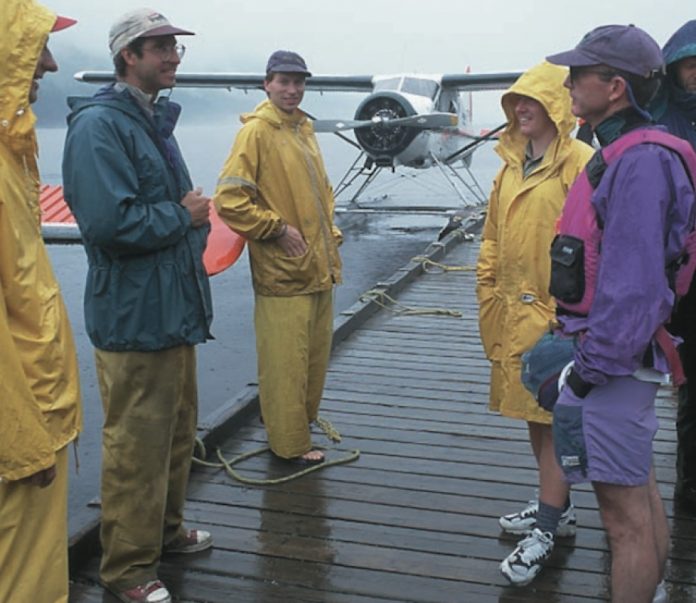
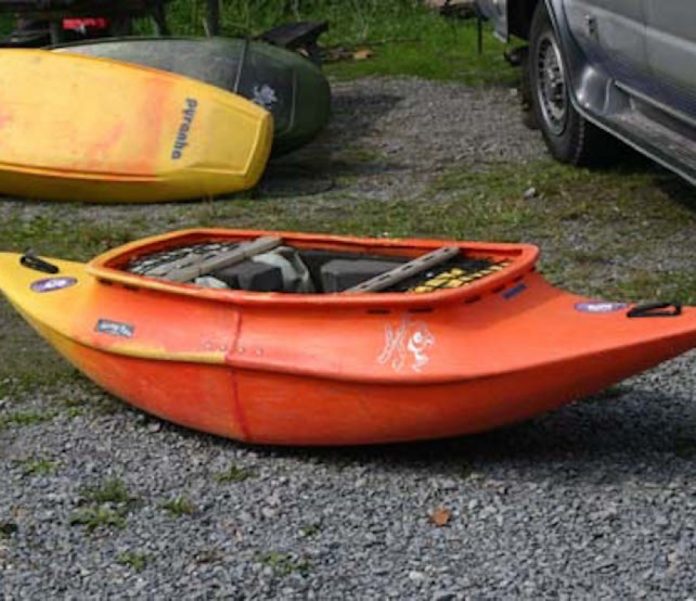

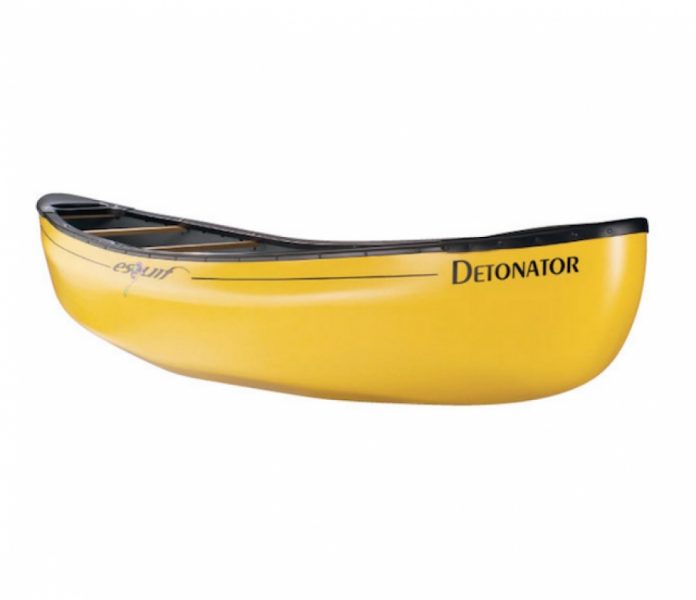

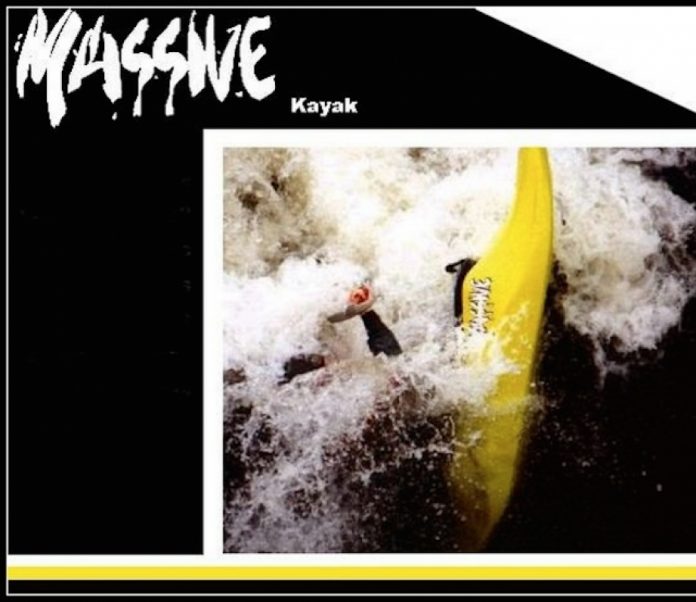
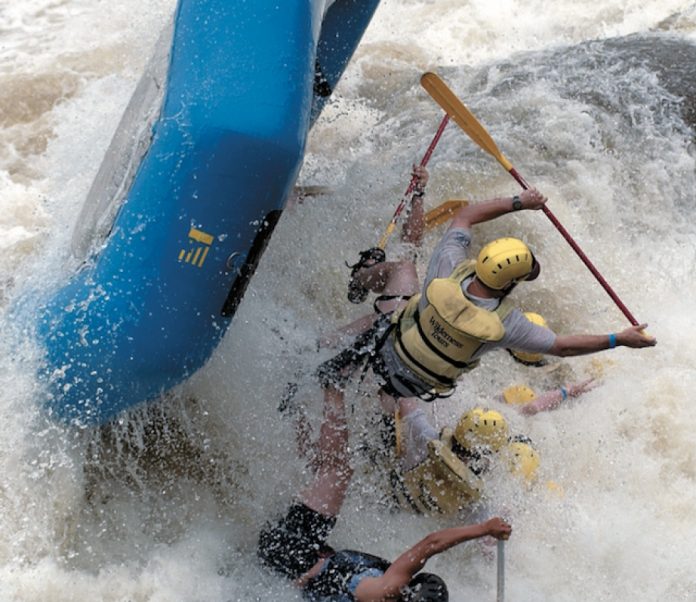
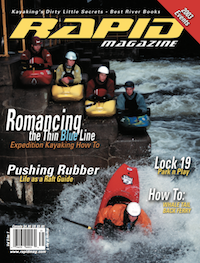 This article first appeared in the Spring 2003 issue of Rapid Magazine.
This article first appeared in the Spring 2003 issue of Rapid Magazine.